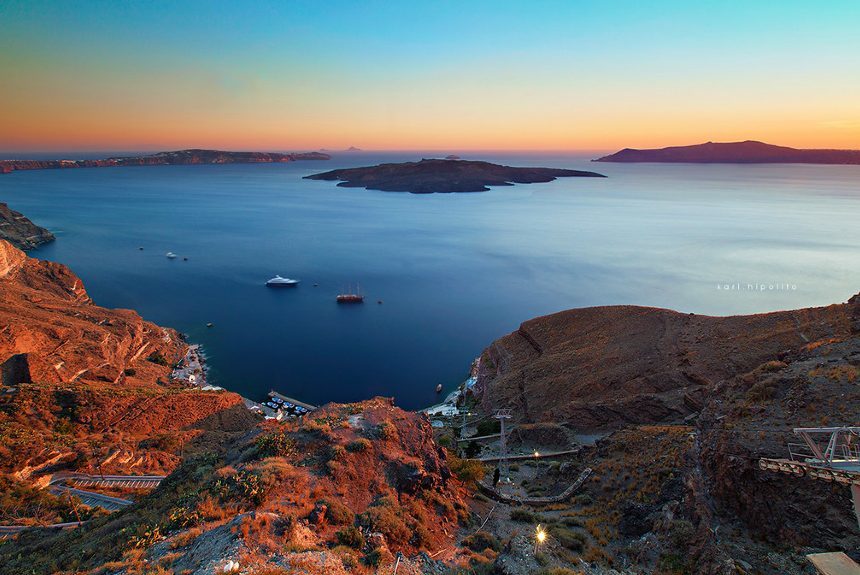The study examines the use of green spaces as solutions to mitigate the urban heat island effect (UHI) and as a climate adaptation measure to climate change. The researchers aim to model Mediterranean urban parks as cooling islands, maximising their effects using high spatial resolution information.
The Mediterranean climate characterises warm to hot and dry summers with mild winters. Green spaces alleviate heat for city dwellers and offer multiple benefits, such as generating shade, increasing humidity through evapotranspiration, and reducing air and noise pollution. Trees and vegetation can also store carbon and serve as habitats for biodiversity in urban areas.
The study finds that using urban green infrastructure or green spaces, particularly those with a higher density of trees, can:
- regulate and create an urban microclimate with natural land covers;
- alleviate temperature by 1-3 degree Celsius;
- increases moisture by 2-8%; and
- influencing temperatures of up to 60 meters beyond its borders.
To maximize the green space effects, the study asks the following questions:
- Which factors influence the temperature and relative humidity of green and grey areas?
- What type of vegetation contributes the most to the cooling effect?
- What is the distance of influence of green and grey areas?
The study says effective landscape planning and management are vital to fully utilizing green spaces‘ cooling effects and other benefits.
Sources:
Grilo, Filipa & Pinho, Pedro & Aleixo, Cristiana & Catita, Cristina & Silva, Patrícia & Lopes, Nuno & Freitas, Catarina & Santos-Reis, Margarida & McPhearson, Timon & Branquinho, Cristina. (2020). Using green to cool the grey: Modelling the cooling effect of green spaces with a high spatial resolution. Science of The Total Environment. Retrieved from https://doi.org/10.1016/j.scitotenv.2020.138182
PHOTO CREDIT: Fira – Santorini, Greece by Karl Hipolito



Leave a Reply